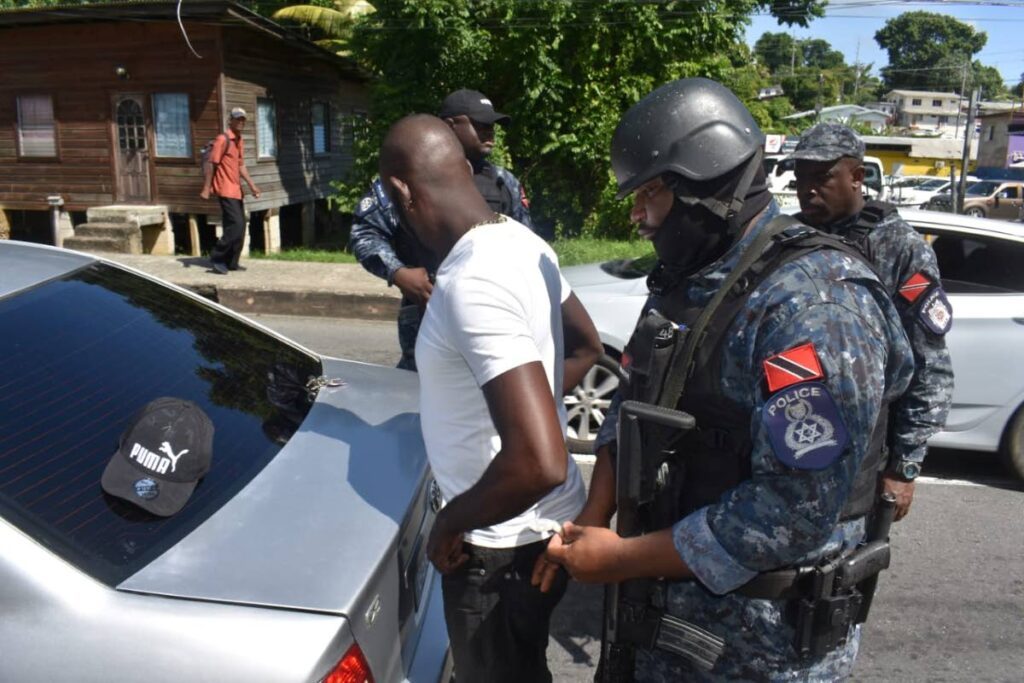Introduction
Trinidad and Tobago, a twin-island nation in the Caribbean, is grappling with a surge in gang-related violence that has reached a critical tipping point. The situation has escalated to a crisis level, demanding immediate attention and comprehensive measures to curb the escalating bloodshed. This article critically examines the multifaceted nature of the Crimson Crisis, exploring various perspectives, data points, and real-life examples to provide a comprehensive understanding of this pressing issue.
The Alarming Rise in Gang Crime
Data from the Trinidad and Tobago Police Service (TTPS) paints a grim picture of the situation. In 2022, there were over 500 murders in the country, with a significant proportion attributed to gang-related activities. The murder rate per capita is among the highest in the Western Hemisphere, creating fear and insecurity among citizens.
Gangs have established a strong presence in many communities, engaging in a range of criminal activities such as drug trafficking, extortion, and illegal firearm possession. Their territorial disputes and internal conflicts have led to an increase in shootings, kidnappings, and other violent incidents that have disrupted the daily lives of ordinary citizens.
Complex Causes and Contributing Factors
The Crimson Crisis is not merely a consequence of gang activity; it is a complex issue with deep-rooted social, economic, and political factors. Poverty, inequality, and lack of opportunities have created a fertile ground for gang recruitment. Disadvantaged youth seeking belonging and economic stability often fall into the clutches of these criminal organizations.
Furthermore, the proliferation of illegal firearms and the porous nature of Trinidad and Tobago’s borders have facilitated the flow of illicit weapons into the country. These factors, coupled with a fragmented law enforcement system and limited resources, have made it challenging to effectively combat gang crime.
Perspectives and Solutions
There is no shortage of perspectives on the Crimson Crisis, each with its own insights and proposed solutions. Some advocates propose a tougher stance on crime, including increased police presence, stricter sentencing, and targeted operations against gang leaders. Others emphasize the need for social and economic interventions, such as job creation programs, community outreach initiatives, and improved access to education and healthcare.
The government has acknowledged the severity of the situation and has announced a multi-pronged approach to address the crisis. This includes increased police patrols, the establishment of a National Anti-Gang Task Force, and the implementation of social programs aimed at preventing youth from joining gangs. However, critics argue that these measures are insufficient and that a more comprehensive and sustained effort is required.
Real-Life Examples and Impacts
The Crimson Crisis has had a profound impact on the lives of ordinary citizens in Trinidad and Tobago. Communities have become fractured, businesses have suffered, and the economy has been affected. Many residents live in constant fear of being caught in the crossfire or becoming victims of gang violence.
For example, in the East Port of Spain neighborhood, residents have reported multiple shootings in recent months. The presence of armed gangs has made it unsafe for people to leave their homes after dark, limiting their access to essential services and social activities. The situation has also strained relationships within the community, as residents become wary of each other and accusations of gang involvement spread.
Engaging with Research and Credible Sources
Research conducted by the Inter-American Development Bank (IDB) has identified a correlation between poverty and gang activity in Trinidad and Tobago. The study found that individuals from impoverished households are more likely to join gangs, primarily for economic reasons. This highlights the importance of addressing underlying socioeconomic factors in any comprehensive gang crime suppression strategy.
News articles from local and international media outlets have extensively covered the Crimson Crisis, providing firsthand accounts of the violence and its impact on the community. Journalists have interviewed gang members, law enforcement officials, and victims of gang-related crime, offering diverse perspectives on the issue.
Conclusion
The Crimson Crisis in Trinidad and Tobago is a pressing issue that demands urgent attention. The escalating gang violence has created a climate of fear and insecurity, disrupted communities, and hindered the country’s development. Addressing this crisis requires a comprehensive approach that tackles both the root causes of gang activity and the immediate threat posed by criminal organizations.
Tougher law enforcement measures, social and economic interventions, and international cooperation are all necessary components of an effective strategy. It is crucial for the government, law enforcement agencies, and civil society organizations to work together to create a more just, equitable, and safe society for all citizens of Trinidad and Tobago.
The Crimson Crisis is not just a statistic; it is a human tragedy that unfolds in the lives of countless individuals and families. By shedding light on this complex issue and exploring various perspectives, this article aims to contribute to a more informed and compassionate understanding of the challenges faced by Trinidad and Tobago and to inspire action towards a more peaceful and prosperous future.
